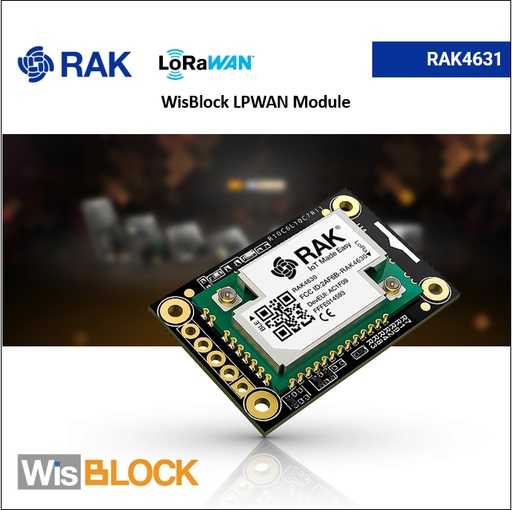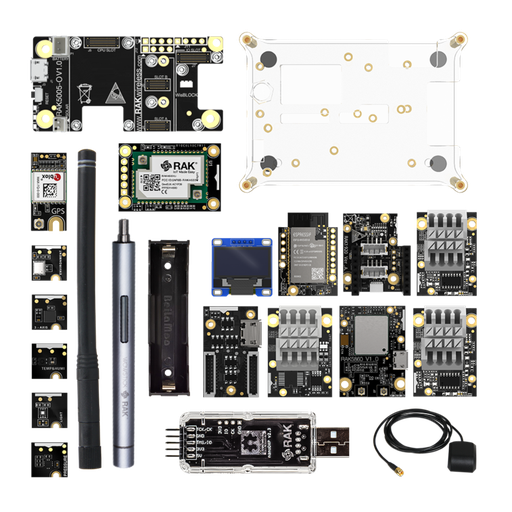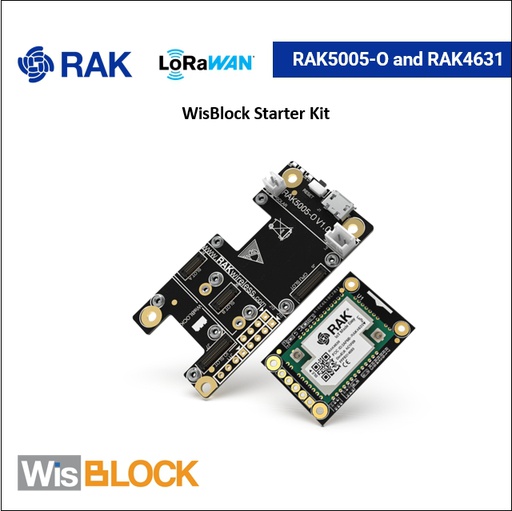Learners around the world are cautiously trickling from virtual to physical classrooms. It’s the perfect opportunity to evaluate and redesign these spaces with modern solutions.
Among these modern solutions is Long Range Wireless Area Network or LoRaWAN®. LoRaWAN is a network protocol that uses LoRa® at the physical layer in order to wirelessly transmit data. This network has broad coverage while operating on low power, making it ideal for the Internet of Things (IoT).
IoT is a system of interrelated things that have the ability to transfer data over a network without requiring human-to-human or human-to-computer interaction. LoRaWAN is such a network, where Machine to Machine (M2M) communication is established between end-nodes or modules
Chances are, you’ve encountered such LoRaWAN modules in your day to day: In automated homes where you command sensors to dim the lights or turn the TV on, in hospitals where patients wear pulse or heart rate monitors, or in offices with biometric security systems that store fingerprint or voice data.
With such a wide variety of LoRaWAN applications, it’s easy to see how our classrooms and school buildings can benefit from a bit of M2M automation. Here are some examples:
Air Quality Control
Health is of utmost importance, especially in the post-pandemic classroom—or at least in getting there for most countries. LoRaWAN sensor nodes can be deployed to monitor the air quality in classrooms. They can measure carbon dioxide levels as well as temperature and humidity. These sensors can collect and process data to establish alert thresholds for unsafe conditions.

Cost Saving Action
An energy monitoring system can easily complement a smart air quality monitoring solution implemented building wide in a school. Such a system can provide data about consumption patterns so you can make informed energy management decisions to maximize your savings. Better yet, you can configure your network to perform automatic energy-saving actions based on the data it collects. In a classroom or school building, the system automatically powers or adjusts the heating, cooling, and lighting.
Improved Learning Performance
Lighting is one of the most important environmental factors in the classroom. Light settings such as brightness, color temperature, and illumination can affect a student’s performance. You can deploy a smart lighting system that allows not only manual control but also automatically adjusts based on school schedule or class activity. It’s an investment in cost-efficiency and the great minds of the future.
There are a variety of LoRaWAN modules in the market that can be deployed for these actions. Companies such as RAKwireless have entire ecosystems such as WisBlock sensors or WisDuo module for LoRaWAN at the customer’s disposal. The students of today are expected to learn 21st-century skills such as creativity and problem-solving. Let’s help them achieve those skills with 21st-century tools.
![[100014] WisBlock 0-5V interface Module](/web/image/product.template/48775/image_512/%5B100014%5D%20WisBlock%200-5V%20interface%20Module?unique=539c3a4)
![[100013] WisBlock 3-axis acceleration sensor](/web/image/product.template/48776/image_512/%5B100013%5D%20WisBlock%203-axis%20acceleration%20sensor?unique=539c3a4)
![[100012] WisBlock 4-20mA interface Module](/web/image/product.template/48777/image_512/%5B100012%5D%20WisBlock%204-20mA%20interface%20Module?unique=539c3a4)
![[100011] WisBlock Ambient Light Sensor](/web/image/product.template/48778/image_512/%5B100011%5D%20WisBlock%20Ambient%20Light%20Sensor?unique=539c3a4)
![[100010] WisBlock Barometric Pressure Sensor](/web/image/product.template/48779/image_512/%5B100010%5D%20WisBlock%20Barometric%20Pressure%20Sensor?unique=539c3a4)
![[110009] WisBlock Base Board](/web/image/product.template/48780/image_512/%5B110009%5D%20WisBlock%20Base%20Board?unique=539c3a4)

![[100008] WisBlock Environmental Sensor](/web/image/product.template/48782/image_512/%5B100008%5D%20WisBlock%20Environmental%20Sensor?unique=539c3a4)
![[110007] WisBlock GNSS Location Module](/web/image/product.template/48783/image_512/%5B110007%5D%20WisBlock%20GNSS%20Location%20Module?unique=539c3a4)
![[110006] WisBlock IO Extension board](/web/image/product.template/48784/image_512/%5B110006%5D%20WisBlock%20IO%20Extension%20board?unique=539c3a4)

![[110005] WisBlock NB-IoT Interface Module](/web/image/product.template/48785/image_512/%5B110005%5D%20WisBlock%20NB-IoT%20Interface%20Module?unique=539c3a4)
![[110004] WisBlock OLED Display](/web/image/product.template/48786/image_512/%5B110004%5D%20WisBlock%20OLED%20Display?unique=539c3a4)
![[100003] WisBlock RS485 interface Module](/web/image/product.template/48787/image_512/%5B100003%5D%20WisBlock%20RS485%20interface%20Module?unique=539c3a4)
![[100002] WisBlock Sensor Adapter Module](/web/image/product.template/48788/image_512/%5B100002%5D%20WisBlock%20Sensor%20Adapter%20Module?unique=539c3a4)
![[100001] WisBlock Temperature and Humidity Sensor](/web/image/product.template/48789/image_512/%5B100001%5D%20WisBlock%20Temperature%20and%20Humidity%20Sensor?unique=539c3a4)
![[110000] WisBlock Wi-Fi Interface Module](/web/image/product.template/48790/image_512/%5B110000%5D%20WisBlock%20Wi-Fi%20Interface%20Module?unique=539c3a4)
